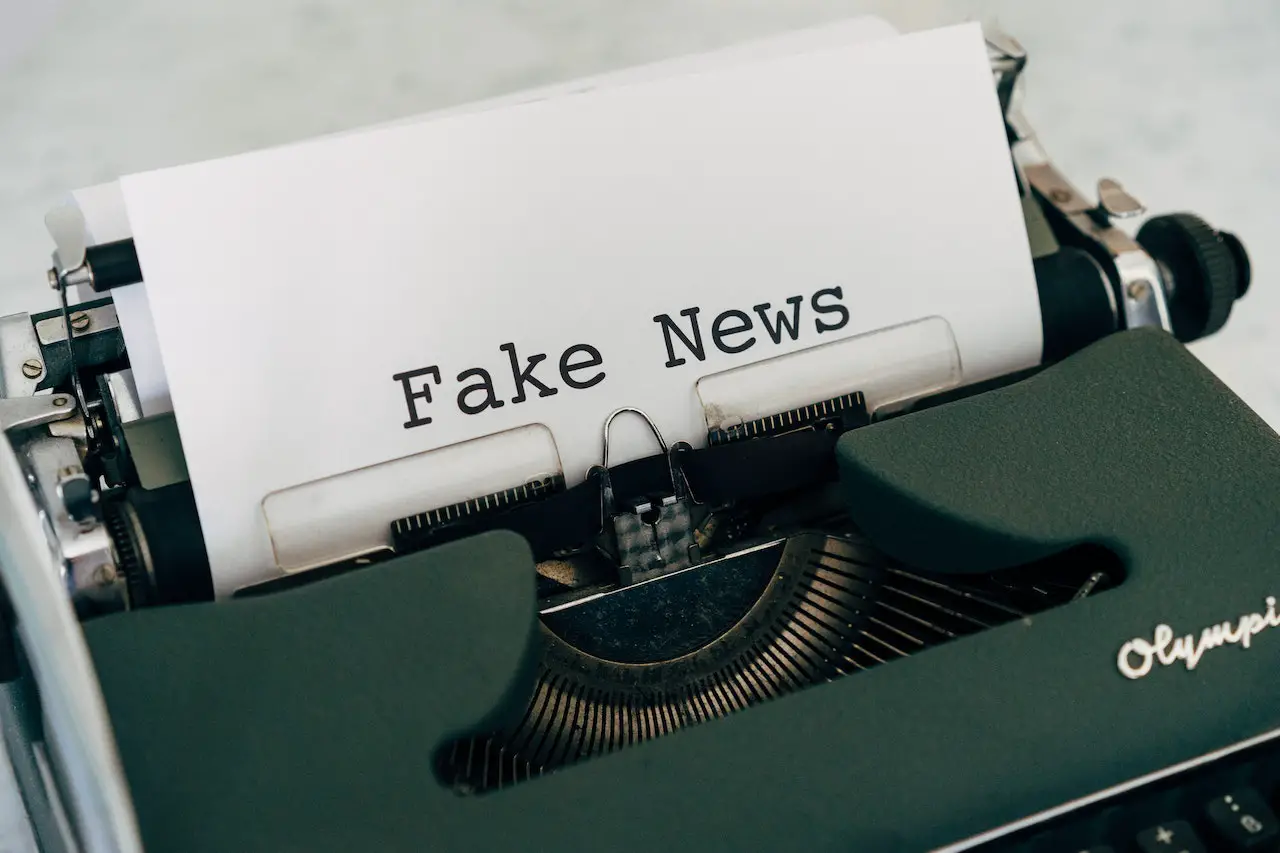Fake news is not just a modern problem, in fact, it has existed for a long time and has had its adverse effects. However, the magnitude of the issue has drastically increased with the influx of social media coupled with a genuinely globalized world. All of this in turn has led to the “cancel culture”. But is there a way to filter out fake news?
You find a post on Twitter, and it’s a brand new piece of information. Your initial instinct might be to share this with everyone so they can be enlightened too. This is where you should take a pause and distinguish fake news from authentic news. You need to consider the amount of information that has been doctored and how it could ruin someone’s life due to the brewing cancel culture.
In this article, we will dive deeper into what fake news is. I will also connect fake news with cancel culture and how problematic their combination can be. Subsequently, we will present a few ways your critical thinking can be improved to counter these issues.
What is fake news
Entirely false
These are stories that are entirely made up and have no authentic foundation. These stories have been made up and presented in ways that appeal to the audience, making them want to reshare them immediately. This type of news uses emotions to blind the audience so they can not distinguish between fact and fiction.
Exaggerated
These are the same as the first time in the sense that these too are based on clickbait titles and appeal to the biases and emotions of the reader. This inhibits the user’s ability to find facts from the real news. This differs from entirely false fake news because it is not entirely forged.
The news is usually based on the truth but a misconstrued truth. The facts are exaggerated to the extent that their context changes making the news fake and problematic. This could be adding false information to factual information to make it seem otherwise, or it could be an exaggerated and faulty interpretation too.
Sources of Fake news
Social media:
There are multiple ways in which fake news can present itself. One common way fake news arrives at you is through social media. With the amount of information on the internet, there is no telling what is fake and what is authentic. All social media users have the ability to post whatever they believe in and whatever they think is true.
There is little to no regulation of the content that is posted online. As a result, social media users are drowned in fake information, all of which they are supposed to regulate for themselves.
Directly from individuals:
However, it is essential to recognize that while social media adds to the issue of fake news, it is not the origin.
Fake news doesn’t need to come from social media only. It is people that are poorly using that platform. Those very same people may be spreading fake news directly. This may be in your house, office, or any social gathering spot or it could come in the form of “WhatsApp forwards”.
How Fake News Impacts the world
The apparent impact of fake news is its effects on the person towards whom the news is addressed. This could mean affecting their career, personal life, and even their reputation. Fake News is one of the primary contributors to political conflicts, which is why most people recognize it as problematic
However, the problems don’t end there rather, it is not only the apparent effects that make Fake News problematic.
A survey shows that 59% of people are concerned over Fake News’s adverse effects on their workplace. It fosters the belief that arguments no longer need to be backed by evidence and that emotional validity or emotional appeal is what counts. This can lead to people unintentionally spreading false news as they don’t look for evidential backing. This phenomenon will subsequently damage their reputation with their colleagues and seniors.
A barrier in communication will result in employees not trusting efficiency reports damaging the organization and their progress. The mistrust and faulty communication create an anxious working environment that ultimately inhibits learning.
What is cancel culture?
Through social media, we can constantly observe people’s lives through microlens. That means we can observe each and every move they make. Cancel culture revolves around the phenomenon where people are constantly observing other people’s lives.
At any point where someone makes a mess up or slips, the news is spread across the globe instantly. The person’s values, morals, and entire life are judged on that particular mistake. The person is boycotted by all of society hence the name cancel culture.
The issue is the phenomenon is everlasting. It does not matter whether you are a teenager or an adult in your 60s. The culture will eliminate your participation in society for your entire life. Having your life ruined over an edgy joke is entirely unreasonable, isn’t it? The context of the statement or act is wholly ignored, and the repercussions last a lifetime.
How does cancel culture link with Fake News?
Cancel culture and Fake News become a never-ending regressional spiral when combined. With Cancel Culture being popularized, people are always on one edge looking for any news on which they can exercise this power. Unfortunately, that does not work very well in the world of fake news.
How critical thinking can be a remedy
Cancel culture revolves around collective thinking or, in other words, mob mentality. Most people are canceled just because they’re a significant movement telling the world to do so. The social pressure exerted by those movements can inadvertently pressure people into joining them.
Here are some steps that would allow you to step out of the problem.
Developing an open mindset
The first step of the process would be to remove yourself from the collective perception of Fake News. Furthermore, it would be best to recognize where the news might target your emotions and biases to attract your support. An objective approach to the information is essential.
Take a step back and look at the news from a holistic lens rather than the microlens we usually adopt. What seems unreasonable about the news? What has been written and why has it been written this way? Does there seem to be any exaggeration? Such questions would help you understand the news’s depth and distinguish facts from false.
Check the source
The second step would be to examine the source of the news. Where is the news coming from? Is the source reputable, or are they known for spreading propaganda?
Cross-checking from the original source may also prove to be helpful. If the post or news has BBC’s tag, it would be wise to cross-check whether BBC put up such a post on their website or whether it was a fake watermark/logo.
Photoshopped Images.
Not taking images at face value is vital to put an end to fake news and canceling culture. In this digital era, altered images are prevalent. It goes as far as making incredibly realistic but fake videos known as deep fakes. Trusting such media at face value would make it incredibly easy for someone with malicious intent to ruin another person’s life due to a vendetta against them.
It is essential to prove the validity of the media source before jumping to conclusions.
Critical thinking, fake news and cancel culture
Conclusion
The point is not to dismiss cancel culture as it can be a great tool against those who misuse power. The point is to recognize when its effects are unreasonable. Taking a neutral approach and discovering your right side can significantly improve the situation. Even then, you don’t have to jump to conclusions immediately.
It can be daunting not to side with the left or right side immediately, but showing strength there will ultimately go a long way.
References
https://www.skillsyouneed.com/learn/fake-news.html
How to Spot Real and Fake News: Critically Appraising Information. (2022). Retrieved 8 September 2022, from https://www.mindtools.com/pages/article/fake-news.htm
‘Cancel Culture’ & Critical Thinking. (2022). Retrieved 8 September 2022, from https://medium.com/@m_letters/cancel-culture-critical-thinking-aba36a6067c2





